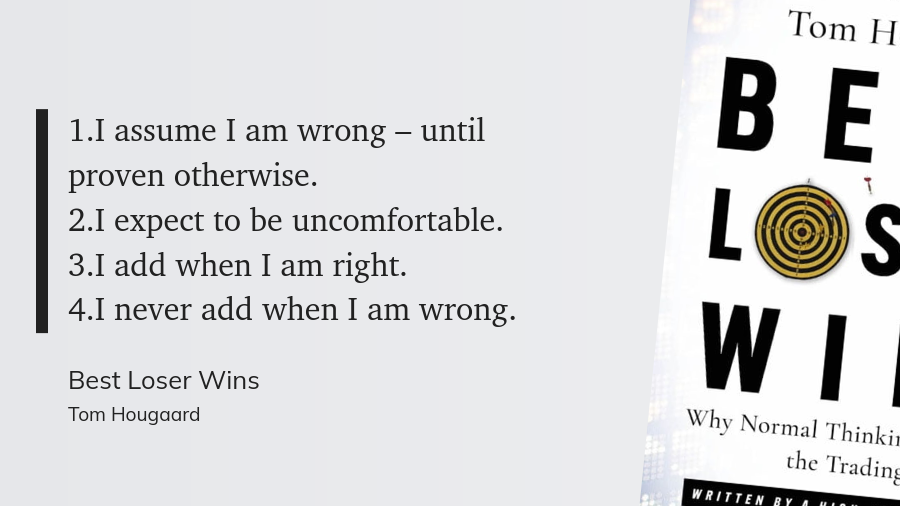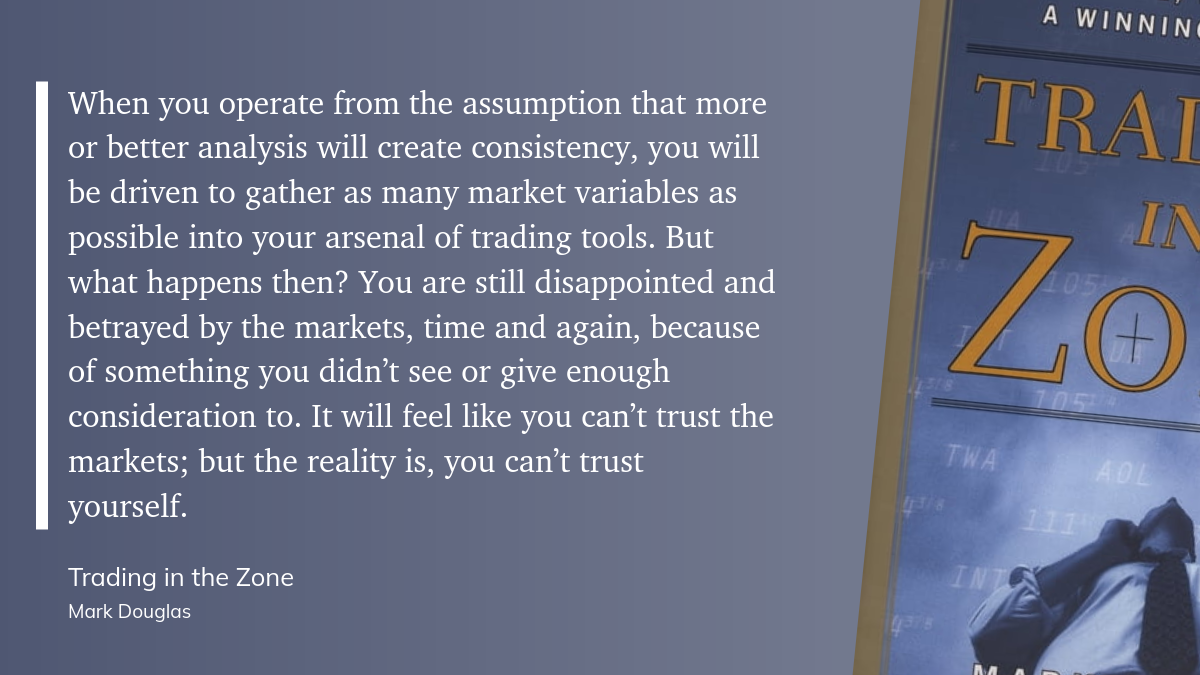Is technical analysis worth it?
Let's talk about what technical analysis is and what it isn't. Be sure you're using it for the right reasons.

In my post earlier this month about my trading changes for 2024, I noted that one part of my "reset" was around cleaning up my charts. I buried myself in all kinds of indicators over time, some paid and some free, but my win percentage and gains didn't change. I tried various services to get an edge on the options market, but yet that didn't change anything either.
Now that I'm going back to a much more minimal technical analysis strategy, I asked myself: "Is technical analysis really worth it?"
That's the topic of today's post.
All investments come with significant risks, including the loss of all capital. Please do your own research before investing, and never risk more than you are willing to lose. I hold no certifications or registrations with any financial entity.
Let's get into it.
What is technical analysis?
Tons of definitions exist for what technical analysis is (and is not), but I've come to realize that it isn't a way to predict the future. That was my assumption for the longest time. Get the right indicators and the right lines on the chart and boom – it's a freight train to profit town.
That's not the case.
Technical analysis really comes down to analyzing a chart not for a prediction of the future, but for an assessment of risk. It can help you identify levels where you're willing to take a risk and where you are not.
Predicting price movement is essentially impossible. Sure, you can get an edge from time to time via legal (or illegal) means, but for most of us, we have no idea where price will go in the next few minutes or the next few days.
What do you mean by assessing risk?
Let's take an example from another field that has a difficult time with predictions: weather.
I live in Texas and the weather can change here quite abruptly. We have the Gulf of Mexico to the southeast where hurricanes and tropical storms form during parts of the year. There's also relatively little elevation between us and the Arctic, so cold fronts can blast down over the plains and cause challenges for us. Sometimes we get storms out of the Pacific that roll over Mexico and into Texas. Tornadoes show up here frequently, too.

Meteorology and weather predictions are based on what's been seen in the past. I'm not doing justice to all of the experts in physics, mathematics, and other sciences here, but in the end, we take what we know about previous weather and the Earth itself and turn that into forecasts.
When weather people on the news predict rain, there's usually a chance associated with it. However, I've seen days with a 100% rain chance where nobody in the area gets any rain. I've also seen a prediction of a light drizzle turn into a severe storm that spawns tornadoes.
We look at these as weather predictions but they're more like risk assessments.
Let's assume you're getting married outdoors on Saturday and there's a 50% chance of rain. Do you cancel the wedding? Of course not. That's crazy!
But do you start thinking about what you would do if it really does rain? Sure, you start building a contingency plan about moving most of the event indoors and you move things around to make it work. This is because you assessed the risk. Even if the risk of rain isn't great, you know that everyone getting soaked might lead to a bad wedding experience.
We need to do the same with charts. Charts don't tell us when the rain is coming or how bad it will be, but they help us identify the risk and quantify how much risk we're taking on with a trade.
How do we use this in the market?
Everyone looks for different things on a chart to determine their risk for a particular trade. Let's say you examine a chart and you see a chart pattern with an indicator that both point you towards a risk to the upside. Great!
Does that mean that an upside move is coming? No!
Does it help you assess your risk as you enter a trade? Yes!
At the moment, you've already realized that there's a greater risk of losing money on a trade if you go short, so a long trade is a lower risk trade. Then you must think about where you'll exit if you're wrong. Here's a great quote from Tom Hougaard's book, Best Loser Wins:

Start by thinking about what you plan to do when you're wrong. Set a stop loss or identify a spot where you'll say: "Well, my thesis was wrong and I won't take on more risk past this point." If you're wrong and your trade starts losing money, don't throw more money after a trade that turned out to be the wrong one.
If you turn out to be right, consider adding to the position. This is extremely hard to do. You've already set your stop loss point in case you were wrong, so why not add to the position when you've made the right call?
Adding when it hurts
After reading Tom's book, I started thinking about a football (American football) coach that was talking about one of his past performances. I wish I had the quote, but you'll have to endure the paraphrasing I'll do below.

During this particular football game, the team was doing really well on passing plays. The quarterback was connecting well with his receivers and they were getting good yardage after they caught the ball. They were also running the ball. However, passing was getting them the greatest gains across the field on this particular day against this particular team.
The score was very close at the end of the game and there was a critical play where the team needed a score to tie the game. If they couldn't get the ball into the end zone, it was all over. There was very little time left.
The coach opted for a running play. The running back was stopped near the line of scrimmage and the team lost the game.
Later, the coach reflected on this. One of the hosts asked him why he went for a run when the pass was working so well for them. His reply was amazing: "Because I thought that's what the defense would be looking for us to do."
Think about that for a moment.
Throwing a pass was working well all day and the defense had not figured out how to stop it yet. On the most critical play of the game, he opted for a lower percentage play to avoid the defense stopping his high percentage pass play that they hadn't stopped all day. He didn't add to his winner. Fear took over and he made a low percentage play that failed.
We can apply this to our own trades by first deciding what we will do if we're wrong. We cut those losses and move on.
However, if we're right, then adding to that winning trade starts to make sense. Just like the coach in the earlier example, if the defense can't stop your passing plays, then keep passing.
Does this mean that you should never take profits on winning trades? No. That's silly.
Focus your attention on the stop loss and accepting that risk. Then let the winner ride and add to it, if you're able to. Start small. Gain that confidence and fight through that painful moment when you add to a winning position when your fears are screaming at you to take profits and run.
Here's one last quote to make you think:

Trust yourself! Good luck to all of you. 🍀


Discussion